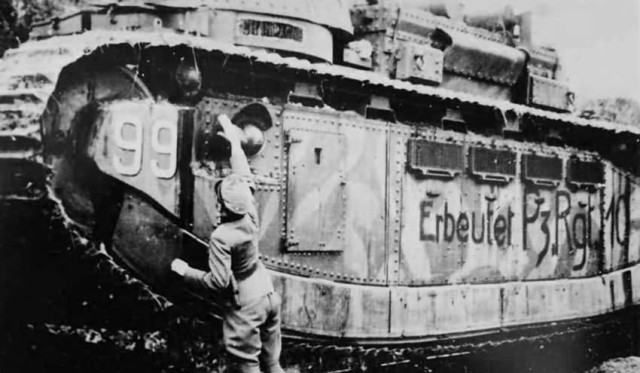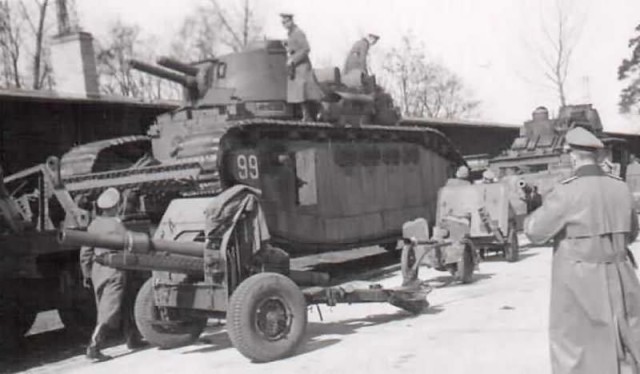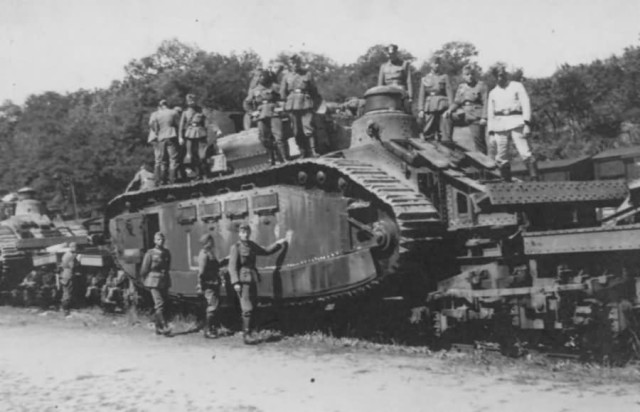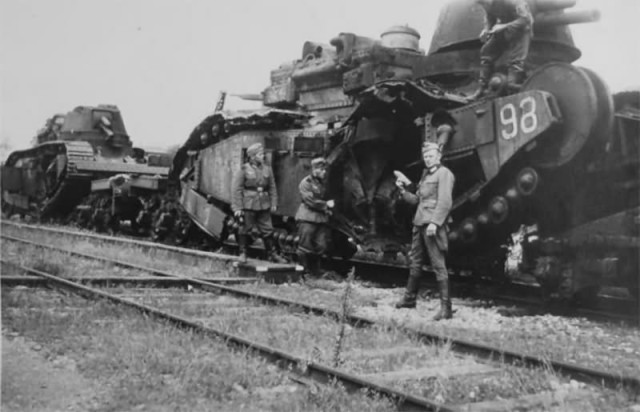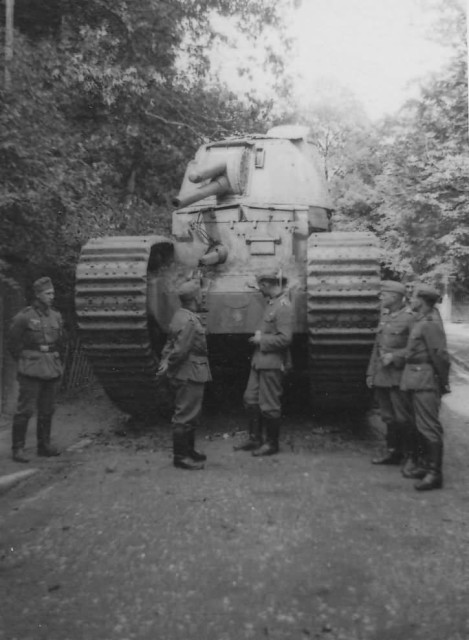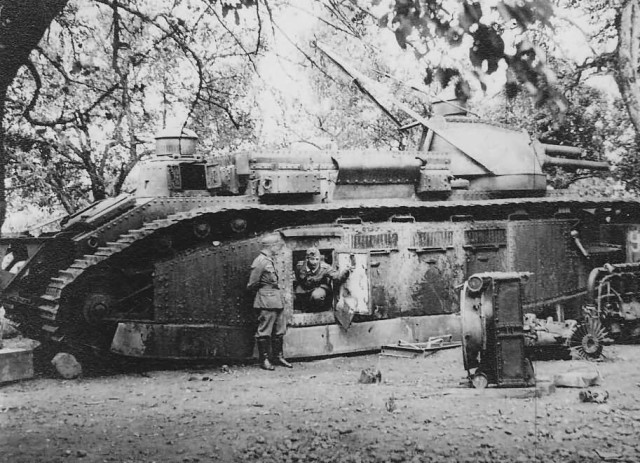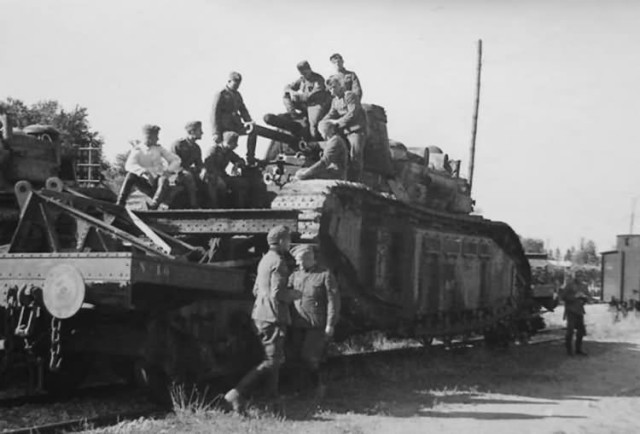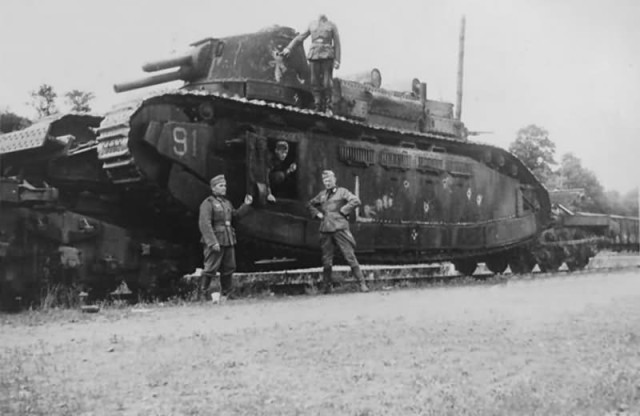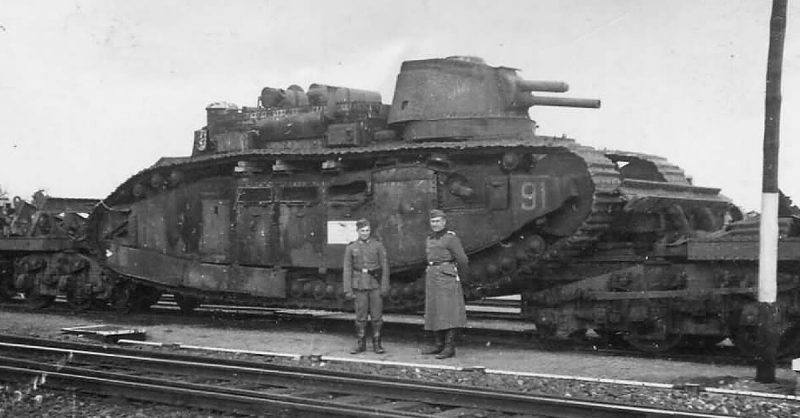No, it’s not the Maus, the massive German Tank which was a lot heavier and slightly bigger but that never went beyond the prototype state and certainly never saw combat. It is the French Char 2c, a 69 tons behemoth that was in use between 1921 and 1940.
During World War II, there was only one super-heavy tank that ever achieved operational status, and that was the Char 2C. A super-heavy tank is much heavier than the regular tanks used during the same time period.
The next tank that would come close to matching its weight would have been the German Tiger II from World War II.
With a loaded weight of 69 tons, which was impacted by its armor, the Char 2C had a 45-mm gun at the front and 22-mm guns on the sides, but much of the weight was basically because of its enormous size. Its armor was the thickest of World War I tanks, but it would be thin according to modern day standards.
To this day it remains the largest tank that ever went into production. The hull was more than 12 meters long when the tail was fitted. It had an ample frame that allowed two fighting compartments with the forward compartment being crowned by the first three-man turret in history. It had a mounted 75-mm gun.
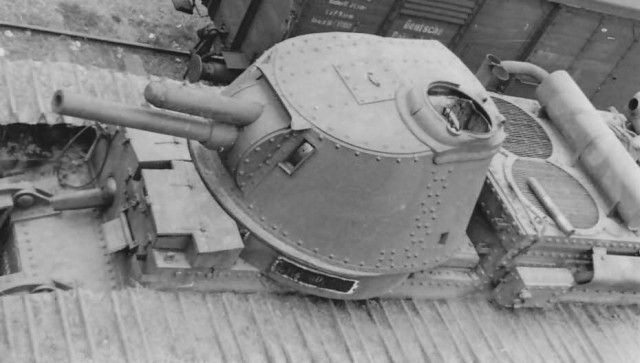
The second compartment at the tank’s rear had a machine gun turret at the top. Stroboscopic cupolas were on both turrets. There was a total of three independent machine gun positions that enabled protection from infantry assault at the front of the tank.
The engine room connected the fighting compartments. There was a 200-hp or 250-hp engine to power each track by electrical transmission. It had a maximum speed of 15 kilometers per hour and had the capacity of holding 1,260 liters in its seven fuel tanks that could make it travel 150 kilometers. There were 39 interleaving road wheels on each side of the suspension, meaning the tank had 90 total wheels.
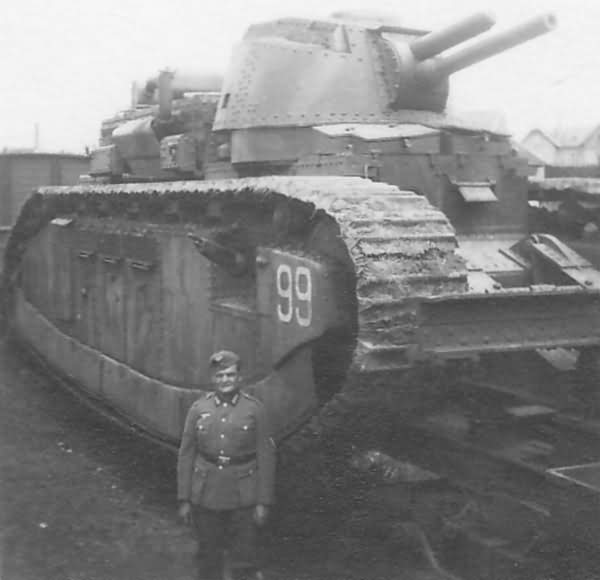
Twelve people were required to man the tank. Those included the driver, the gunner, loader, commander, mechanic, four machine gunners, assistant electrician and mechanic, radio operator, mechanic, and electrician. There are some military sources that report a crew of 13, but that probably evolved from photos that showed the company commander as well.
How they were (not) used
These ten tanks were parts of several units throughout the years. As more advanced tanks were built during the 1920s and 1930s, the military value of the heavy tanks diminished.
They were obsolete by the end of the 1930s because they were vulnerable to anti-tank fire because of their tall height and very slow speed. Regardless, when the French Mobilization of 1939 occurred all 10 of the tanks were reactivated and put into their own unit, which was the 51st Bataillon de Chars de Combat.
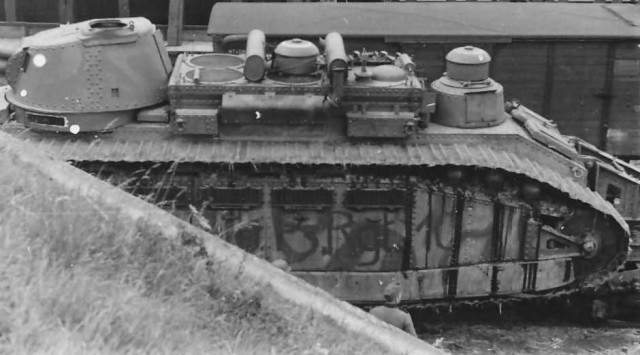
Each tank was named after an ancient region of France for propaganda. Because they were propaganda tools, they were kept out of the way of harm and didn’t participate in the Siegfried Line attack in September 1939. They were used in movies to boost morale, which showed them crushing and climbing old French forts.
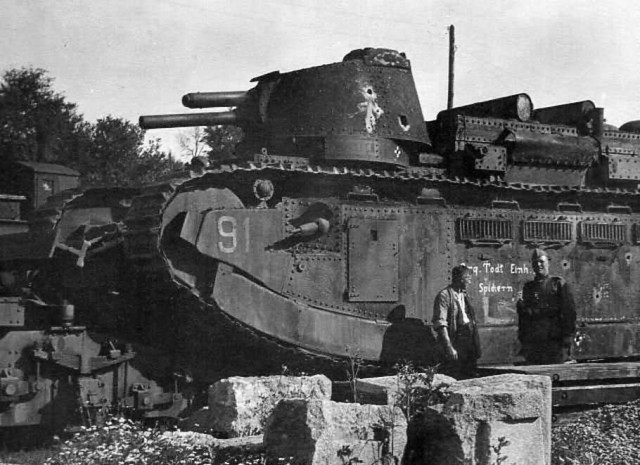
They got the reputation of being super tanks that were invincible to the general public, and they had imagined dimensions that surpassed the actual numbers. French commanders knew that the reputation was much more than the actual possibilities of the tanks.
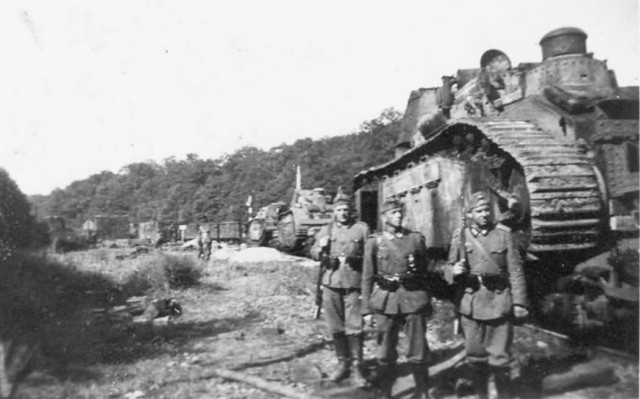
In the execution of Operation Fall Rot, which was the second stage in the Invasion of France, it was decided that the famous equipment had to be located so it couldn’t be captured. They sent all the tanks south by railway.
On June 15, the railway was blocked because of a burning fuel train, so it became beneficial to destroy the beloved tanks by detonating charges.
Goebbels and Goring claimed that German dive bombers destroyed the tanks. It was propaganda that was repeated to numerous sources. One tank was captured while intact and taken to Berlin to be displayed as a trophy until it disappeared in 1948.
